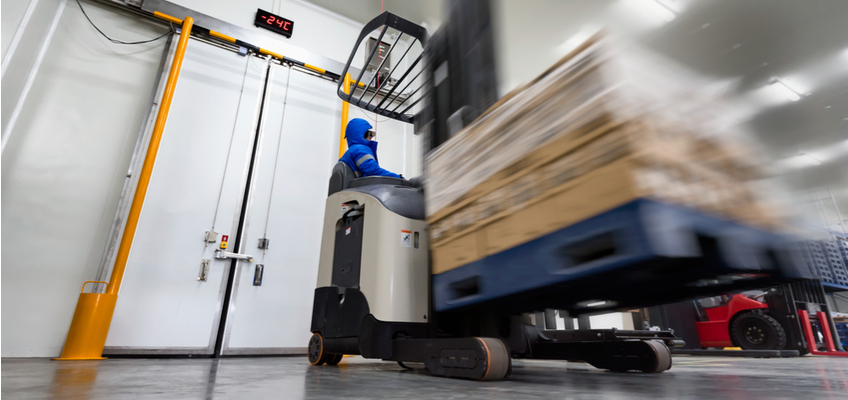
All You Need to Know About the US Government’s New Import Tax and How to Handle It
Editor’s note: This is a guest post from Refael Elbaz, Founder & CEO of Unicargo.
As tensions in the trade war between China and the USA heat up, USA importers of certain Chinese products will find themselves facing higher import taxes under the USA’s new Section 301 import duties. These duties are being applied to $34 billion worth of goods.
On September 24th, the third proposed list has gone into effect. This will see the introduction of a third proposed annex of products that will be subjected to a further 10% import tax increase with a value of over $200 billion annually. Unlike the previous two lists, detailed below, this one may have a greater impact on Amazon sellers as many consumer products are now subject to additional tariffs. In this article, we’ll cover what sellers can do to minimize the impact of the new tariffs.
What are the new China import taxes?
These are increased tariffs applied by the new administration on Chinese imports, which have been introduced in stages.
- List 1 tariffs came into effect on the 6th July 2018. These tariffs affect a total of 818 different types of goods and product lines with an additional tax of 25%.
- List 2 tariffs came into effect on the 23rd August 2018, affecting a further 279 different import classifications, again at a 25% tax rate.
- List 3 tariffs came into effect on the 24th of September 2018, affecting 5,745 different products and goods. The increased tax rate will roll out in two stages, starting with an additional 10% until the end of 2019 which will increase to 25% after the new year.
How can I find out if my goods will be affected by the changes, and what can I do about it?
We’ve created a comprehensive list of products and materials affected by the new import tax increases to get you started.
If you find that your commodities will be subjected to increased import taxes, you might be able to work around the tariffs to avoid an unnecessary charge. There are a few ways that you might be able to do this, including:
- Filing for an exclusion for your goods or materials.
- Modifying your product designs to produce goods that don’t fall within the new tariff lists.
- Revising your existing product classifications.
- Sourcing your goods or materials from a country other than China.
- Checking your eligibility for duty drawbacks if you export goods from the USA as well as importing goods from China.
Talk to one of our China import specialists if you need advice on your options in tackling the new import charges, or if you have any questions.
Contact Unicargo with further questions or to receive a consultation!


Refael Elbaz is a freight forwarding specialist with over a decade of hands-on experience in the fields of e-commerce logistics and cross trade. He is the founder of Unicargo, a successful international shipping company that harnesses the latest technology to streamline and improve the freight forwarding experience for end users, whilst keeping supply chain costs low.




